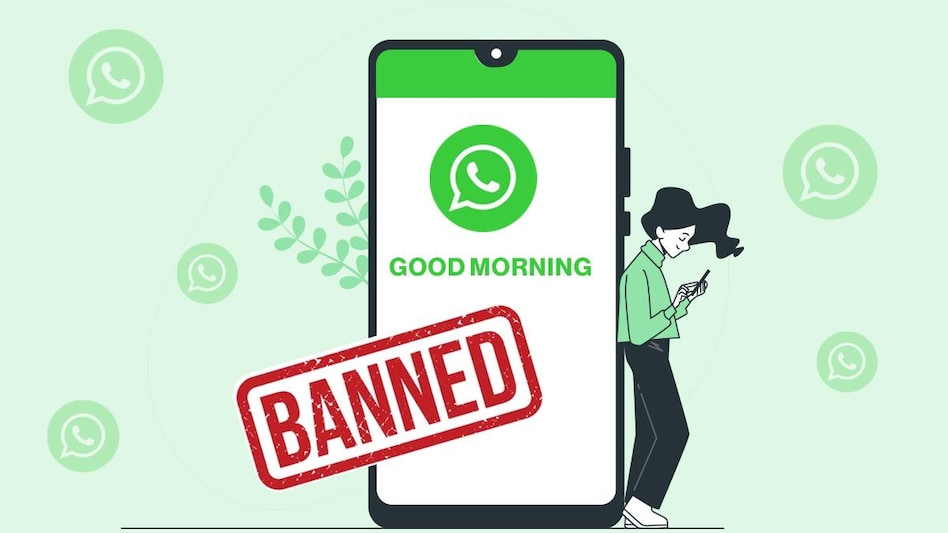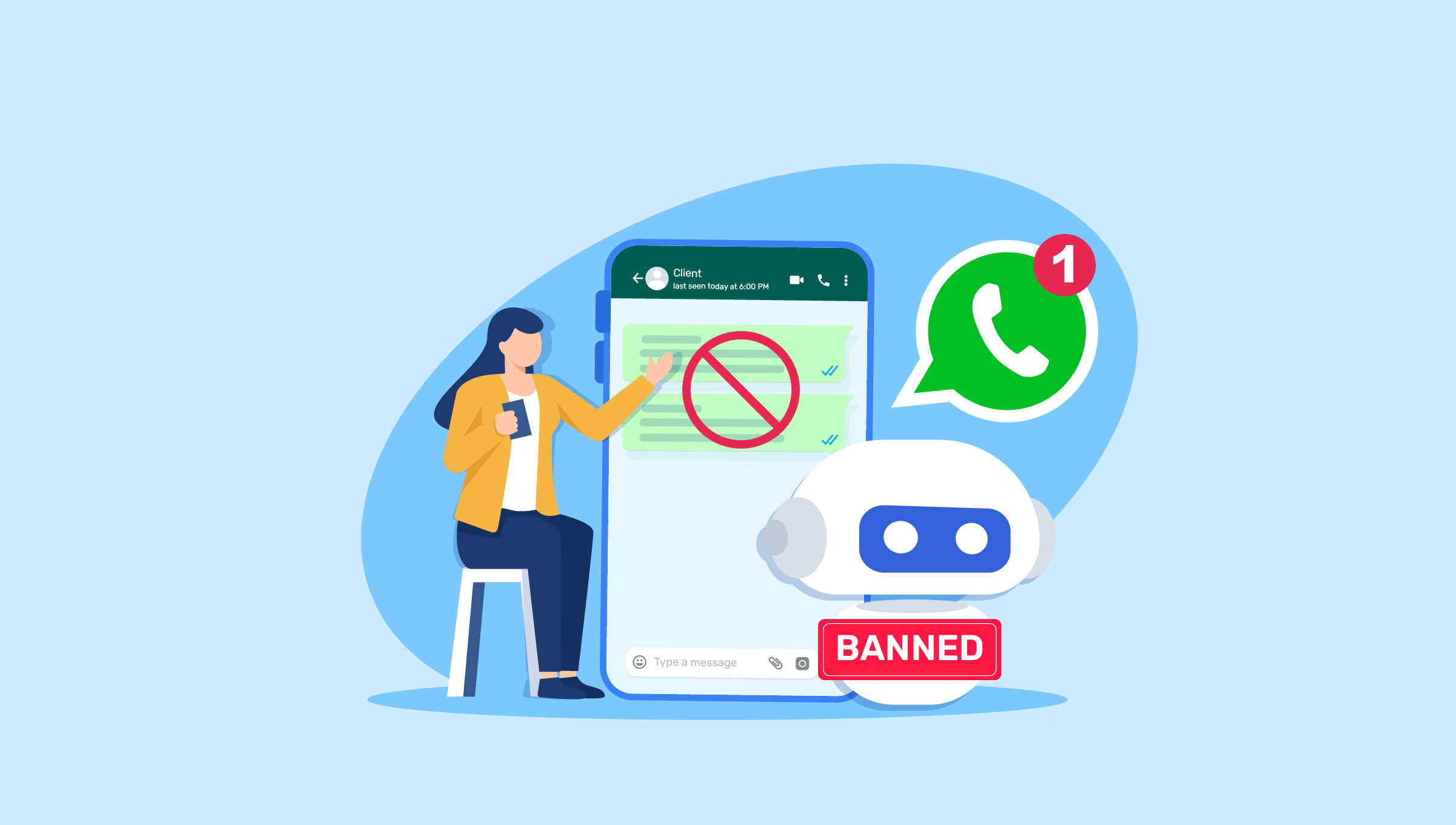The AI SmartReach Upsell Links Below are the 1st, the 2nd, the 3rd, the 4th, and 5th, it’s time to stop dreaming and start taking action! In this article, you’ll discover the secret behind a system that prevents bans. AI SmartReach Upsell OTO editions: Get all versions on the direct pages to see all the information about AI SmartReach Upsell OTO options and the product.
The AI SmartReach OTO Links + Three Hot Bonuses Below
Note: Buy Front-End before OTOs to work well. you can buy FE or OTOs from the Locked link below
Use this c0upon ==> ” AISMART5 “
Imagine never having to worry about getting banned while sending unlimited emails, messages, and WhatsApp texts. Sounds like a dream, right? Well, it’s time to stop dreaming and start taking action! In this article, you’ll discover the secret behind a system that prevents bans, ensuring that your communication channels remain open and your messages keep flowing smoothly. Say goodbye to restrictions and hello to uninterrupted communication. So, buckle up and get ready to learn how to send messages without fear!
Understanding the Ban System
Blacklisting
Blacklisting is a common practice used by email service providers and internet service providers to combat spam and protect users. When you engage in suspicious or spammy activities, such as sending mass emails without proper consent or using misleading subject lines, your IP address or domain may be added to a blacklist. Being blacklisted can result in your emails being blocked and your account being banned.
Suspension
In some cases, instead of an immediate ban, your account may be temporarily suspended. Suspension is often a result of violating the terms of service or community guidelines of the platform you are using. During the suspension period, you will lose access to certain features or functionalities, and if the violation is severe, your account may eventually be permanently banned.
Permanent ban
A permanent ban is the most severe form of punishment for violating the rules and policies of a platform. Once your account is permanently banned, you will no longer be able to access or use the platform, and all of your data and contacts may be lost. It is important to take bans seriously and make efforts to prevent them.
Causes of Bans
Sending too many emails
One of the main causes of bans when sending unlimited emails is sending too many emails within a short period of time. Email service providers and internet service providers have limits in place to protect users from spam and ensure that their systems are not overloaded. If you exceed these limits, your account may be flagged for suspicious activity and eventually banned.
Sending too many messages
Similarly, sending too many messages can also lead to bans. Whether it’s text messages or instant messages through platforms like Facebook Messenger or Slack, exceeding the allowed limits can trigger automated actions that result in your account being banned. It’s important to be aware of these limits and avoid excessive messaging.
Sending too many WhatsApp texts
WhatsApp is a popular messaging app that allows users to send texts, make voice and video calls, and share media. However, sending too many WhatsApp texts, especially to multiple recipients or groups, can raise red flags and lead to bans. This is particularly important to keep in mind when using WhatsApp for marketing or promotional purposes.
Monitoring Email Sending
Setting limits per hour/day
To prevent bans when sending unlimited emails, it’s crucial to set limits on the number of emails you send per hour or per day. This ensures that you stay within the acceptable thresholds defined by email service providers and avoid triggering any automated actions that may lead to a ban. Setting and respecting these limits is a responsible practice that helps maintain a good sender reputation.
Avoiding mass emails
While it may be tempting to send mass emails to a large number of recipients, it is important to avoid this practice as it often leads to bans. Instead, focus on segmenting your email lists and sending targeted, personalized messages to smaller groups. This not only reduces the risk of being flagged as spam but also improves engagement rates and the overall success of your email marketing campaigns.
Checking engagement rates
Monitoring the engagement rates of your email campaigns is crucial to ensure that your emails are well-received by the recipients. Low engagement rates such as low open rates or high unsubscribe rates may indicate that your emails are not reaching the intended audience or are not delivering the desired value. By regularly checking these metrics, you can make necessary adjustments to your email strategy and prevent bans.
Preventing Message Overload
Using anti-spam filters
Implementing anti-spam filters can significantly help prevent message overload. These filters identify and block spam messages before they reach recipients’ inboxes, thus reducing the chances of your account being flagged or banned. Make sure to choose reputable anti-spam filters and keep them regularly updated to ensure optimal protection against spam and unwanted messages.
Implementing message throttling
Message throttling involves regulating the rate at which messages are sent to avoid overwhelming the recipient’s inbox or triggering spam filters. By controlling the sending speed, you can distribute your messages more evenly over time, preventing bans and ensuring a better user experience. Message throttling is particularly important when using automated messaging systems or bulk messaging platforms.
Monitoring complaint rates
Monitoring complaint rates is essential for preventing message overload and bans. When recipients mark your messages as spam or report them as unwanted, it negatively impacts your sender reputation and increases the risk of being banned. Keep a close eye on complaint rates and take immediate action to address any issues and improve the quality of your messages.
WhatsApp Texts Handling
Complying with WhatsApp policies
To prevent bans when sending unlimited WhatsApp texts, it is imperative to comply with WhatsApp’s policies and guidelines. Familiarize yourself with the terms of service, acceptable use policies, and any specific guidelines related to marketing or promotional messages. By adhering to these policies, you can minimize the risk of being flagged for suspicious activity and having your WhatsApp account banned.
Avoiding excessive messaging
Excessive messaging on WhatsApp can not only annoy recipients but also raise concerns about spam or misuse of the platform. Avoid sending too many messages, particularly to individuals who have not explicitly consented to receiving them. Instead, focus on sending relevant and meaningful messages that provide value to the recipients and respect their preferences.
Monitoring report rates
Keeping track of report rates is crucial for assessing the success and effectiveness of your WhatsApp messaging efforts. High report rates, indicating that recipients are reporting your messages as spam or unwanted, can trigger warnings from WhatsApp and potentially result in a ban. Regularly monitor these rates and take necessary actions to improve the quality and relevance of your messages.
Ensuring Account Security
Using secure email servers
When sending unlimited emails, it is important to use secure email servers to protect your account and prevent unauthorized access. Choose email service providers that prioritize security and employ robust measures to safeguard your data. Secure servers encrypt your emails and provide additional layers of protection against hacking and unauthorized access, reducing the risk of bans.
Implementing two-factor authentication
Implementing two-factor authentication adds an extra layer of security to your account, preventing unauthorized access and reducing the risk of bans. By requiring a second verification step, such as a unique code sent to your mobile device, you add an additional barrier against potential hackers. Always enable two-factor authentication whenever it is available to enhance the security of your account.
Regularly updating passwords
Regularly updating passwords is a simple yet effective measure for maintaining account security. Set strong, unique passwords that are not easily guessable and avoid reusing passwords across multiple accounts. By regularly changing your passwords, you reduce the risk of unauthorized access to your account and protect yourself from potential bans resulting from compromised credentials.
Maintaining Sender Reputation
Sending relevant and valuable content
Maintaining a good sender reputation is essential for preventing bans when sending unlimited emails, messages, and WhatsApp texts. Focus on sending relevant and valuable content that is tailored to the interests and preferences of your recipients. By providing high-quality content, you increase engagement rates, reduce the chances of being reported as spam, and improve your overall sender reputation.
Removing inactive subscribers
Regularly cleaning your email lists and removing inactive subscribers is important for maintaining a healthy sender reputation. If you continue to send emails to recipients who never open or engage with your messages, it negatively impacts your engagement rates and raises concerns about spamming. By periodically removing inactive subscribers, you can improve the effectiveness of your email campaigns and reduce the risk of bans.
Managing bounce and complaint rates
Efficiently managing bounce and complaint rates is crucial for maintaining a good sender reputation. High bounce rates, indicating that your emails are not reaching the intended recipients, can negatively impact your reputation. Similarly, high complaint rates indicate dissatisfaction among recipients and increase the risk of bans. Monitor these metrics closely and take necessary actions to improve the quality and targeting of your messages.
Building Opt-In Lists
Requesting explicit consent
To ensure compliance with privacy regulations and prevent bans, it is important to request explicit consent from individuals before adding them to your contact lists. Clearly explain how you intend to use their contact information and give them the option to opt-in or opt-out. By obtaining explicit consent, you build a trustworthy and engaged audience, reducing the risk of being reported as spam and banned.
Using double opt-in
Double opt-in is an effective practice for building opt-in lists and preventing bans. With double opt-in, after individuals provide their contact information, they receive a confirmation email or message asking them to confirm their subscription. This extra step ensures that only those who are genuinely interested in receiving your messages are added to your list, reducing the risk of complaints and bans.
Segmenting contact lists
Segmenting your contact lists helps ensure that your messages are targeted and relevant to specific groups of recipients. By dividing your audience based on demographics, interests, or previous interactions, you can deliver personalized content and reduce the risk of being labeled as spam. Segmenting contact lists enhances the engagement of your recipients, strengthens your sender reputation, and prevents bans.
Creating Engagement Strategies
Personalizing emails and messages
Personalizing emails and messages is a powerful way to engage recipients and prevent bans. Use their names in subject lines or greetings, tailor the content to their preferences, and make the messages feel personalized and relevant. By showing genuine interest in the recipients and providing them with a personalized experience, you build stronger connections, reduce the risk of being reported as spam, and improve your overall engagement rates.
Providing unsubscribe options
Including clear and easy-to-use unsubscribe options in your emails and messages is essential for preventing bans. If recipients no longer wish to receive your communications, make it simple for them to unsubscribe. By respecting their preferences and promptly removing them from your contact lists, you avoid potential complaints and maintain a positive sender reputation.
Encouraging feedback and replies
Encouraging feedback and replies from your recipients is an effective way to foster engagement and prevent bans. Including a call-to-action in your messages that prompts recipients to provide feedback or reply to your emails opens up channels for communication. By actively engaging with your audience and responding to their feedback, you build trust, improve deliverability rates, and reduce the risk of bans.
Implementing User Feedback
Handling unsubscribe requests
When recipients request to unsubscribe from your communications, it is crucial to handle these requests promptly and efficiently. Ensure that your unsubscribe process is straightforward and user-friendly, allowing recipients to opt-out without any hassle. By promptly honoring unsubscribe requests, you demonstrate respect for recipients’ preferences and maintain a positive reputation, preventing bans.
Addressing user complaints
Addressing user complaints is essential for preventing bans and maintaining a positive sender reputation. If a recipient reports your emails or messages as spam or provides feedback indicating dissatisfaction, take the feedback seriously. Investigate the issue, make necessary improvements, and respond to the individual in a professional and respectful manner. By addressing complaints appropriately, you show accountability and reduce the risk of being banned.
Improving deliverability based on feedback
User feedback provides valuable insights into the effectiveness of your messaging strategies and can help you improve deliverability. Pay attention to feedback regarding deliverability issues, such as emails ending up in spam folders or messages not reaching recipients. Make necessary adjustments to your messaging practices, test different approaches, and continually optimize to ensure that your messages are delivered successfully and avoid bans.
In conclusion, preventing bans when sending unlimited emails, messages, and WhatsApp texts requires a combination of responsible practices, compliance with regulations and policies, and continuous monitoring and improvement. By understanding the causes of bans, implementing measures to prevent message overload, ensuring account security, maintaining a good sender reputation, building opt-in lists, creating engagement strategies, and actively incorporating user feedback, you can significantly reduce the risk of being banned and successfully communicate with your audience. Remember, proactive efforts to prevent bans not only protect your accounts but also enhance the effectiveness and success of your communication efforts.





